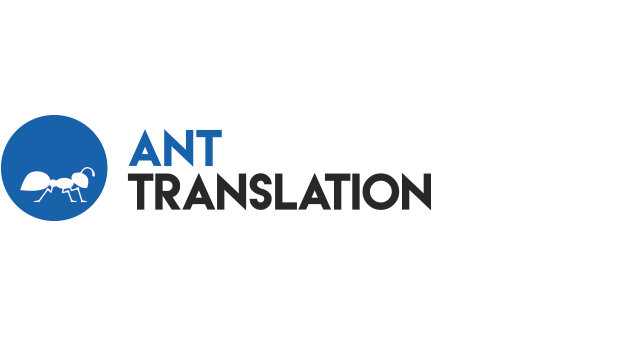What services do I need?
Translation projects may include diverse steps, and below we explain the most common ones, in line with ISO 17100 Standard (requirements for translation services).
We always advise you on the best services for you and your budget and tell you how to implement them in the most efficient way possible (for example, making sure terminology in a software manual matches the translations chosen for the menus in the corresponding application).






